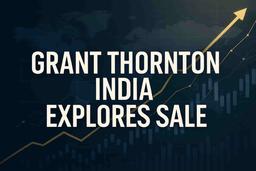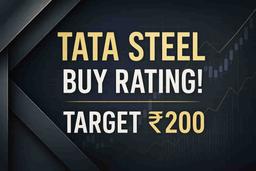UBS maintains a strong bullish stance on gold, anticipating new highs despite recent volatility. The firm has set a target of $4,500 per ounce for gold by 2026, citing ongoing macro uncertainty, geopolitical risks, and expectations of US Federal Reserve easing. Investors are increasing allocations for portfolio diversification and as central banks continue reserve accumulation. Silver is also expected to outperform gold in certain scenarios, although industrial demand remains a watchpoint.
UBS remains optimistic about the future of gold, forecasting that the precious metal could reach new peaks within the next year. Joni Teves, Precious Metals Strategist at UBS, highlighted that the prevailing global economic instability, heightened geopolitical tensions, and the prospect of further interest rate cuts by the US Federal Reserve create a favourable environment for safe-haven assets like gold.
Despite recent sharp price fluctuations, UBS believes the fundamental outlook for gold is solid. The firm has set a price target of $4,500 for gold by 2026 and $4,200 for 2025. An upside scenario reaching $5,000 is also possible if significant, unexpected positive catalysts emerge. Factors that could drive gold prices higher include weaker-than-expected US economic data, a more accommodating stance from the Federal Reserve, or increased concerns about the Federal Reserve's independence.
Key drivers supporting gold include its role in portfolio diversification, with investors increasing their gold holdings as real interest rates are expected to decline. Central banks are also continuing to expand their gold reserves. While jewellery demand may face pressure, physical investment demand for gold has remained robust.
Teves anticipates a period of consolidation for gold prices between now and December, as investors tend to reduce large positions heading into the year-end. However, she expects buying interest during price dips to limit significant downside risks.
Regarding silver, UBS expects it to benefit from gold's strength and tight market conditions, potentially outperforming gold during upward price movements. Silver is viewed as a higher-beta investment for those looking to express a bullish view on precious metals.
However, a significant risk for silver is the potential impact of weaker global economic growth on its industrial demand, which is a crucial factor in its pricing. Unlike gold, silver does not benefit from direct support through central bank reserve accumulation.
UBS has set a target of $55 for silver, with a bullish scenario potentially pushing it to $60–$65 if gold experiences a sharp rally.
Impact:
This news is significantly relevant for investors as it provides expert outlook and price targets for gold and silver, two major asset classes. It suggests potential for capital appreciation in precious metals, which can be used for hedging and diversification. However, the mention of volatility and consolidation indicates that the path to these targets may involve significant price swings. Investors should consider these factors when making allocation decisions. Rating: 7/10.
Difficult terms:
Macro uncertainty: General economic instability and unpredictability in the global economy.
Geopolitical risks: Potential conflicts, political instability, or international tensions that can affect markets.
US Federal Reserve easing: Actions taken by the US central bank (the Fed) to lower interest rates or increase the money supply, typically to stimulate economic growth.
Safe-haven assets: Investments that are expected to retain or increase their value during periods of market turbulence or economic downturn, like gold.
Structural outlook: The long-term fundamental trend or view of a market or asset, independent of short-term fluctuations.
Portfolio diversification: Spreading investments across different asset classes to reduce overall risk.
Real rates: Interest rates adjusted for inflation. They reflect the actual purchasing power of returns.
Dovish shift: A change in monetary policy stance towards being more accommodative, often by lowering interest rates or signaling future rate cuts.
Higher-beta: Refers to an asset whose price tends to move more than the overall market. Silver is expected to show larger price swings compared to gold.
Precious-metals complex: Refers to the group of precious metals, including gold, silver, platinum, and palladium.
Industrial demand: The use of a commodity (like silver) in manufacturing and industrial processes.







